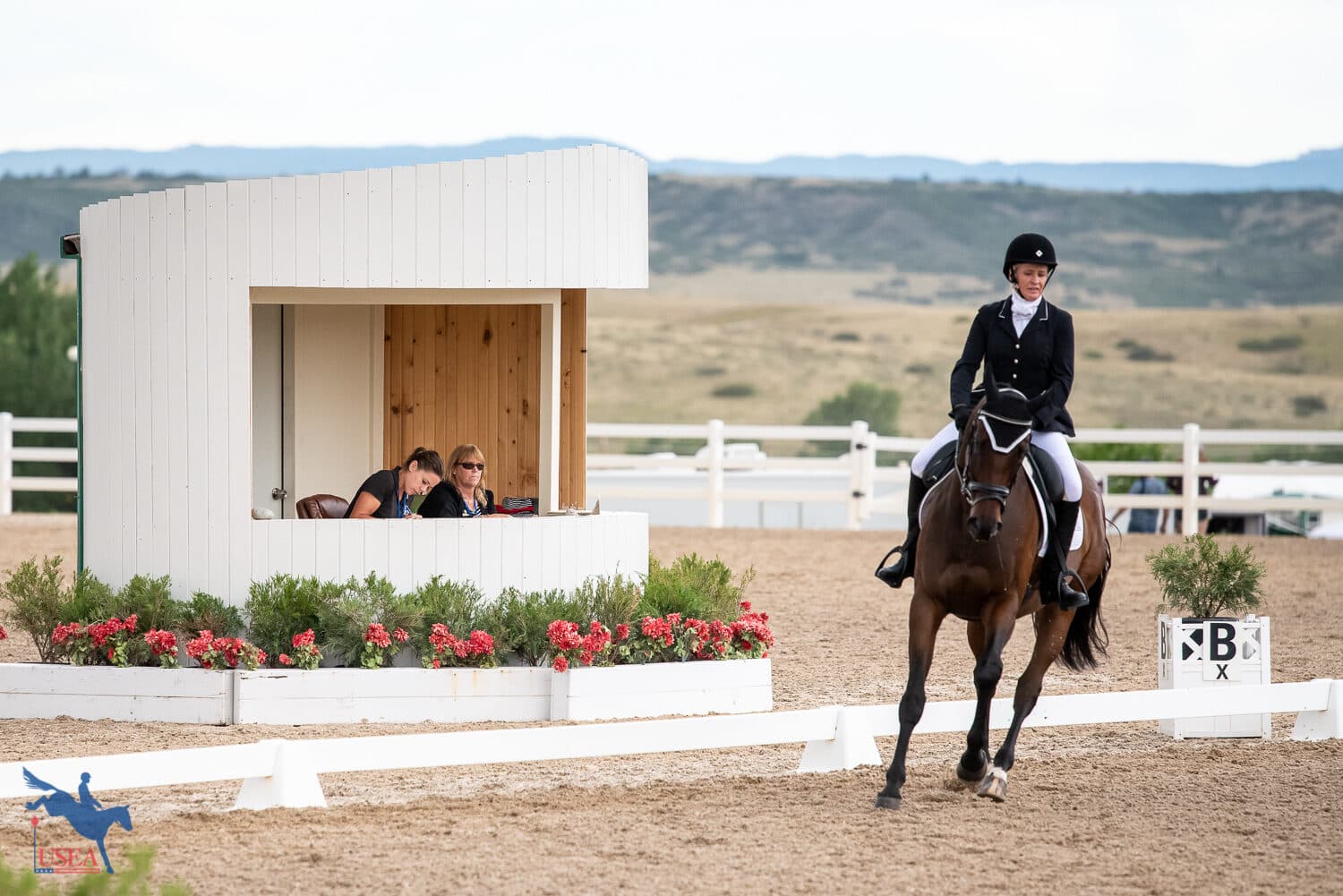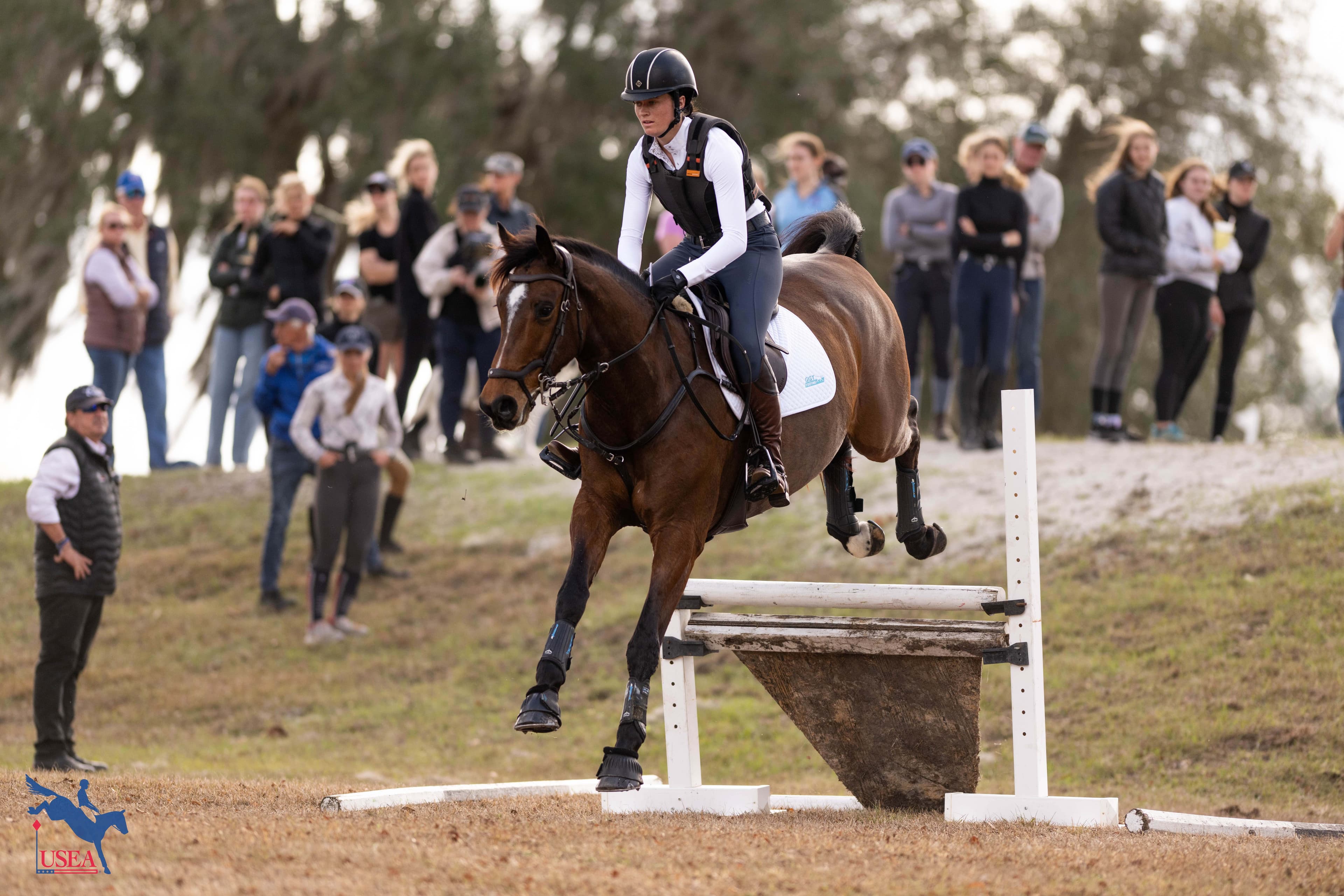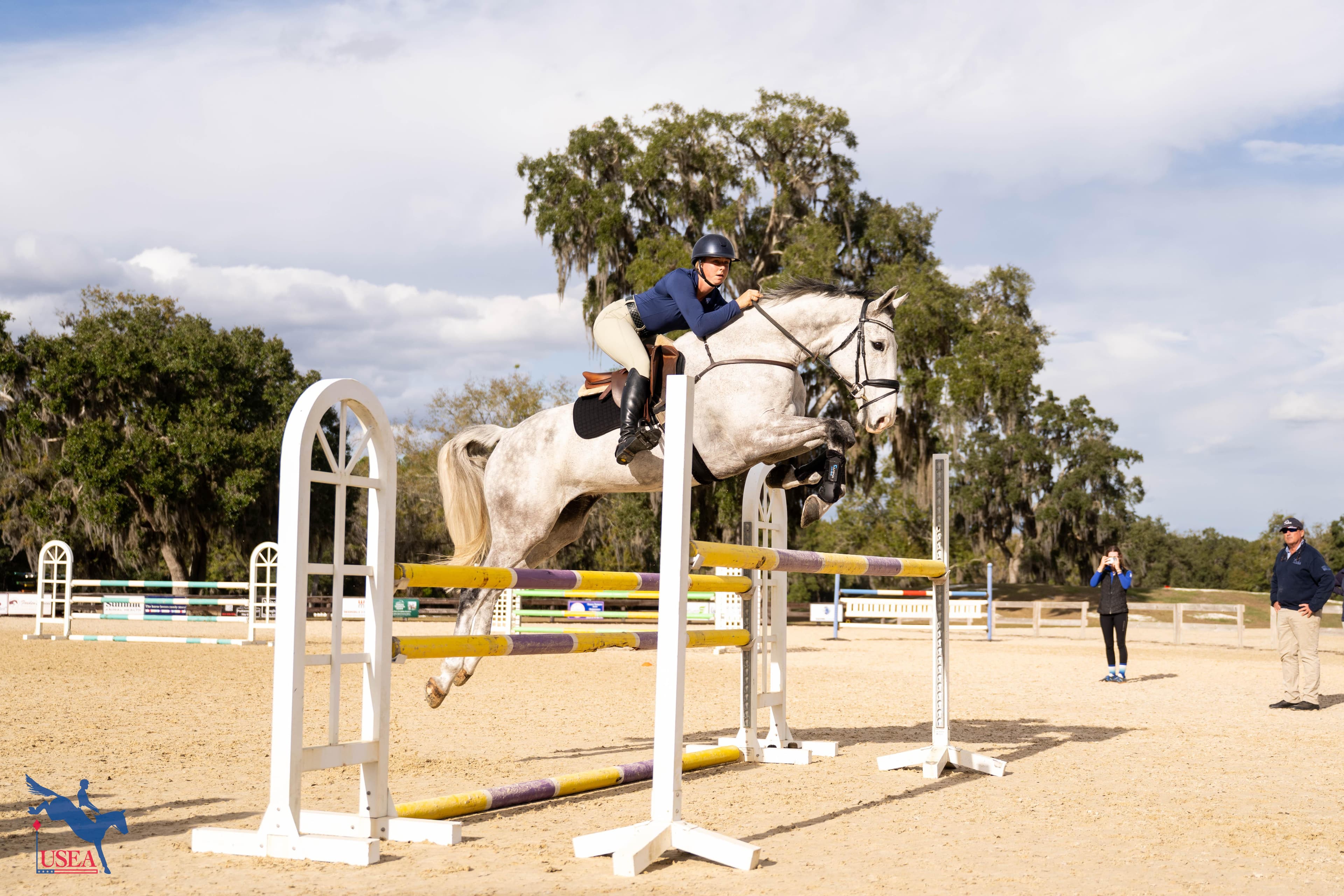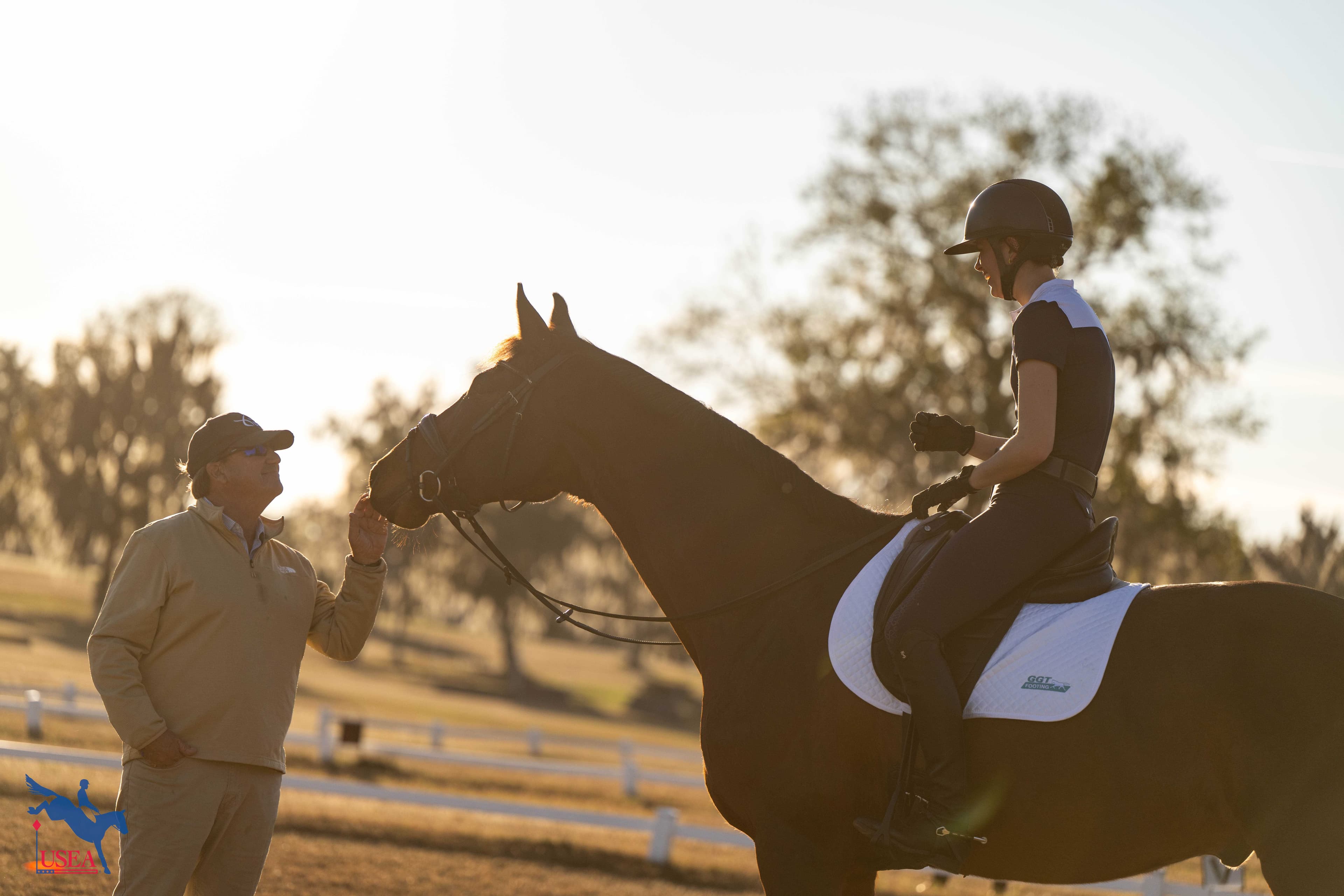Rule Refresher: Dressage Scoring

Dressage tests contain a set of movements to be performed by horse and rider in front of a judge who then gives each movement a mark out of 10. Following the completion of the test, the total number of good marks are divided by the total possible good marks to achieve a percentage, which is then subtracted from 100 to achieve a penalty score. This penalty score is carried by the horse and rider through the remainder of the competition.
We’re taking a look at the rules that govern the marking process, the ways by which a rider may incur penalties, and how the scores are calculated. Text has been taken directly from the USEF Rules for Eventing with emphasis added by the USEA.
EV136 Dressage Scoring
1. MARKING.
a. Judges will award good marks from 0-10 for each movement and for each collective mark, with 0 being the lowest mark and 10 being the highest. All half marks from 0.5 - 9.5 may be used both for movements and collective marks, at the discretion of the judge, and scores given must be recorded with a decimal (e.g. as 6.0 instead of 6).
b. Errors of Course or Test will be penalized as follows:
- 1st Time by 2 points
- 2nd Time by 4 points
- 3rd Time by Elimination
c. All of the following are considered errors, and two points will be deducted per error, but they are not cumulative and will not result in Elimination.
- Entering the space around the arena with a whip (when whips are forbidden) or with boots or bandages on the horse’s legs or with a discrepancy in dress (e.g. lack of gloves);
- Entering the arena with a whip (when they are forbidden) or with boots or bandages on started before the discrepancy has been noticed, the Judge at C stops the Competitor and if needed and possible, an assistant may enter the arena to remove the item(s). The Competitor then continues the test, either starting from the beginning (from inside the fence) or from the movement where he/she was stopped. The marks given before he/she was stopped are not changed;
- Entering the arena before the sound of the bell;
- Not entering the arena within 45 seconds after the bell, but within 90 seconds; gives the two-point penalty (not cumulative, not counted as an error) for over 45 seconds but less than 90 seconds
d. In the case of a fall of a horse and/or competitor, the competitor will not be eliminated. He will be penalized by the effect of the fall on the execution of the movement concerned and in the collective marks.
e. After elimination, a competitor may continue his performance to the end. The marks will be awarded in the ordinary way.
2. ADDITIONAL REASONS FOR ELIMINATION.
a. Elimination is left to the discretion of the Ground Jury in the following cases:
- Receiving unauthorized assistance, EV134.15.
- Performing the test in incorrect dress, EV114.
b. Elimination must be applied in the following cases:
- Competitor not entering the competition arena within 90 seconds after the signal except where a valid reason has been provided to the Judge at C (valid reason may be losing a shoe, etc.)
- Performing a test with improper saddlery, EV115.3, or with an illegal whip, EV114.3, or with illegal spurs, EV114.4.
- Marked lameness, EV134.8.
- Leaving the arena between the time of the entry and the final salute, EV134.9.
- Resistance, EV134.10.
3. CALCULATION OF SCORES.
a. The good marks from 0-10 awarded by each judge to a competitor for each numbered movement of the dressage test together with the collective marks are added together, deducting any error of course or test.
b. For each judge the percentage of maximum possible good marks obtainable is then calculated by dividing the total good marks received (minus any error of course or test) by the maximum possible good marks obtainable and then multiplying by 100 and rounding the result to two decimal digits. This value is shown as the individual mark for that judge.
c. If there is more than one judge, the average percentage for the competitor is obtained by adding together the percentage for each judge and dividing by the number of judges, always rounding the result to two decimal digits.
d. In order to convert percentage into penalty points, the percentage if there is only one judge or the average percentage if there is more than one judge must be subtracted from 100. The result, rounded to one decimal digit, is the score in penalty points for the test.
Want to catch up on past rule refreshers? Visit the links below:
- Rule Refresher: Are You Entered in the Correct Division?
- Rule Refresher: Entering Events
- Rule Refresher: Exercise and Warm-Up
- Rule Refresher: Accidents and Injuries
- Rule Refresher: Dress, Equipment Edition
- Rule Refresher: Dress, Attire Edition
- Rule Refresher: Saddlery
- Rule Refresher: Disqualification
- Rule Refresher: Am I Qualified? (Appendix 3)
- Rule Refresher: Inquiries, Protests, and Appeals
- Rule Refresher: Mandatory Frangible Devices
- Rule Refresher: Permitted Equine Therapists
- Rule Refresher: Changes Effective December 1, 2018
- USEF Updates Rulebook with Extraordinary Rule Changes
- Rule Refresher: Qualifications for Horse Trials
- Rule Refresher: FEI Rule Changes for 2019
- Rule Refresher: Rules for Eventing Tests
- Rule Refresher: Introduction to Horse Trials
- Rule Refresher: The Dressage Test














